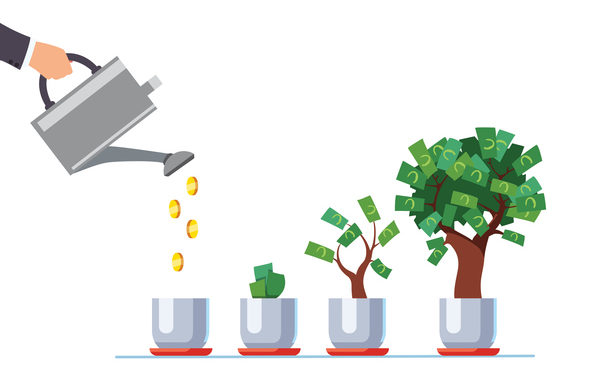Calculating ROI is growing increasingly ‘complex and painful’ for marketers
As the media landscape grows increasingly complex, Isentia’s Gill Matthews wonders if marketers can ever hope to calculate a true return on investment.
For communication and marketing professionals, the term ROI has an interesting Jekyll and Hyde ability to both be the stuff of dreams, but also of nightmares. With more phrases invented every day in the hope of better understanding our effort-to-outcome ratio, it’s understandable that as an industry we have a bit of a headache.

In between the day-to-day fires that need to be extinguished, the projects that land on your desk at the last minute, or the new ideas that spark during your train ride into the office – there’s not a lot of time left in the day to reflect. We don’t have a spare moment to sit down and really think about what went out the door, where it went, how it performed, what could be leveraged or learned from, let alone to package up an overview of the overall impact against investment.

